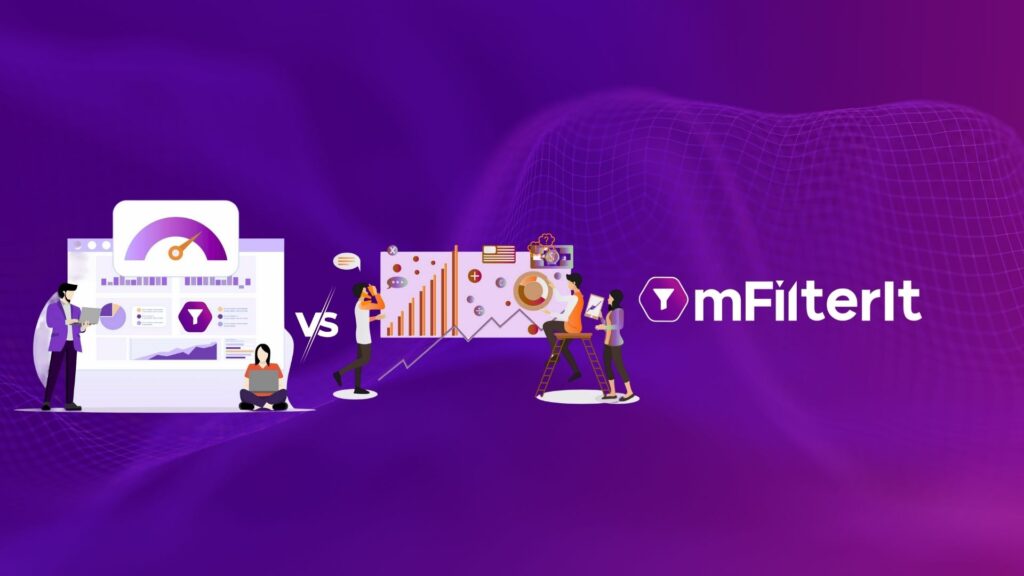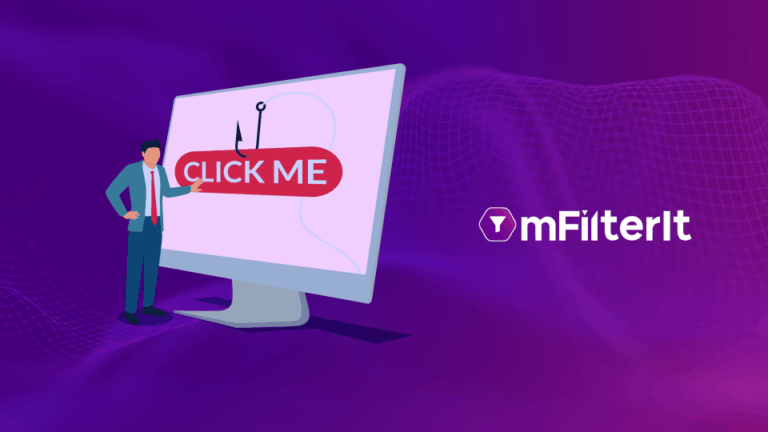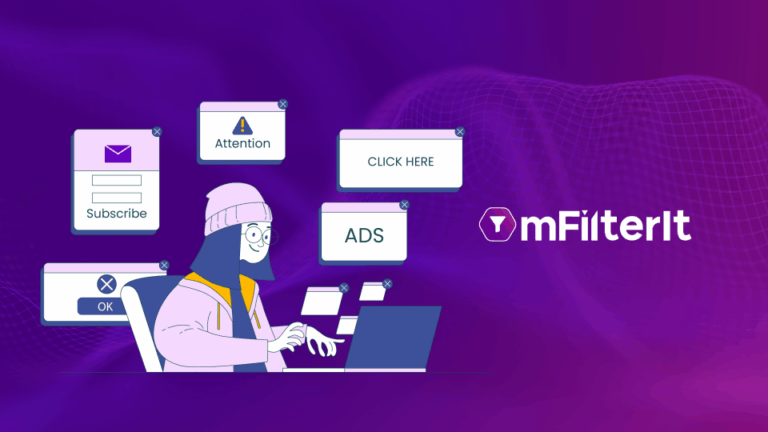Most branding campaigns today are measured by impressions, clicks, and viewability scores. These numbers can confirm that ads were displayed on a screen—but they reveal very little about whether the audience actually paid attention. An ad might be technically viewable, yet ignored, skipped, or scrolled past in a split second.
That’s why marketers are increasingly turning to attention measurement. Unlike traditional metrics that focus on exposure, attention metrics uncover whether ads truly capture consumer focus and influence behavior. In today’s crowded media landscape, it’s not enough to win screen space—you need to win meaningful human attention.
The real challenge, however, is choosing the right solution. While some tools provide only surface-level visibility checks, others go deeper to show how attention translates into engagement and impact. In this blog, we’ll compare these approaches—highlighting how mFilterIt measures attention across the full funnel to help brands optimize campaigns, reduce wastage, and drive ROI.
Why Attention Metrics Matter?
Traditional metrics like impression and viewability only measure if the ad was viewed or not based on the standard IAB viewability criteria. According to this, a display ad is considered to be ‘viewable’ if at least 50% of its pixels are visible on the screen for one second, and a video ad is considered to be ‘viewable’ if viewed for two seconds.
However, these criteria might light up the dashboards with green signal metrics but do not answer the real questions.
Was the ad genuinely noticed? Did it capture attention long enough to influence action? Did it contribute to measurable outcomes?
This is exactly what attention measurement does.
It captures the right set of insights required to know whether a particular campaign performed well or not. What further steps need to be taken at the optimization level.
But do all attention metrics tools offer the right set of insights you need? Here’s how you can find that out.
Here are four key dimensions that brands need to consider while evaluating attention measurement solutions:
- Depth of measurement – Moves beyond basic visibility to capture interaction, dwell time, and attention stickiness.
- Funnel coverage – Assesses attention across the journey, from awareness to engagement to conversion.
- Optimization readiness – Ensures real-time, actionable insights that can directly help in optimization of media and creative strategies.
- Adaptability across channels – Verify that the solution delivers accurate insights across regions, platforms, and emerging environments like OTT/CTV.
How mFilterIt Differentiates from its Competitors? Stage-by-stage Breakdown
When evaluating attention metrics tools, it is important to recognize how they measure performance across the campaign funnel – top, middle, and lower stages. To understand the real impact of attention analytics advertising, brands need to move beyond surface-level simple viewability indicators and assess how focus translates into outcomes at every step of the customer journey.
Here’s how we at mFilterIt takes a differentiated approach compared to competitors.

Awareness & Reach Stage – Top Funnel
- Competitor approach: Focuses on surface-level visibility signals like impressions, audibility, player size, and exposure time. While these confirm the ad was served, they fail to reveal whether the user actually noticed or engaged with it.
- mFilterIt approach: Our ad fraud solution, Valid8, goes beyond visibility to assess real view-worthiness, tracking mute percentage, skip percentage, scroll behavior, fullscreen or PiP usage, and contextual relevance. This ensures brands measure whether ads are actually seen and absorbed by users rather than just being displayed.
Consideration & Engagement Stage – Mid Funnel
- Competitor approach: Relies on proxy metrics like cursor hover or generic data, which provide limited insights into the depth of engagement.
- mFilterIt approach: Measures authentic engagement behavior signals, including scroll depth, unmute/mute events, fullscreen adoption, repeated interactions, etc. It also segments engagement by audience type and placement (creative performance, audience segments, and placement quality), enabling marketers to make informed adjustments and design more effective mid-funnel strategies.
Conversion & Action Stage – Lower Funnel
- Competitor approach: Often stops at the conversion level or requires 3rd party uplift or attribution tools, leaving advertisers with fragmented data that does not connect directly to outcomes.
- mFilterIt approach: Maps attention signals to business results, linking behaviors like bounce rate, time on site, OTT/CTV drop-offs, and conversion likelihood. This allows brands to spot underperforming placements, optimize spend, and tie attention directly to return on investment.
Regional Accuracy and OTT/CTV Attention Measurement – A Major Differentiator
Most competitors rely on standardized viewability or attention models that overlook the local nuances of user behavior, cultural context, fraud patterns, and brand safety requirements. This often leads to misrepresentation of campaign effectiveness in diverse markets.
On the other hand, mFilterIt’s Attention Measurement Tool embeds regional data intelligence and advanced fraud detection into its measurement framework. It ensures that brands receive contextually accurate and market-relevant reporting.
In addition, mFilterIt brings a distinctive advantage in OTT/CTV ecosystems, where risks of ad overexposure, inflated impressions, and fraudulent traffic are notably high. By combining attention-first measurement with invalid traffic (IVT) checks and brand safety validation, mFilterIt ensures ads reach the right audience segments while controlling costs and maximizing genuine engagement.
This approach enables brands to move beyond surface-level metrics and gain a true view of audience behavior across regions and media platforms.
Therefore, if you operate across diverse regions, multiple platforms, and emerging channels like OTT/CTV, you may need an attention metrics tool that provides deeper, more contextual insights rather than relying solely on contemporary benchmarks.
Final Thoughts
The advertising industry has evolved far beyond counting impressions, and if you are still stuck only on those metrics, you are probably lagging behind. To keep up with the competition, brands need to know whether their campaigns are truly resonating with real people and driving meaningful outcomes.
Therefore, it is important to use advanced solutions that connect attention with authentic engagement beyond viewability and drive true business impact.
So, if you’re ready to move beyond surface-level validation and unlock the real value of your advertising, it’s time to explore mFilterIt’s attention metrics intelligence.
Book a demo today and see how attention metrics can transform your advertising strategy.




